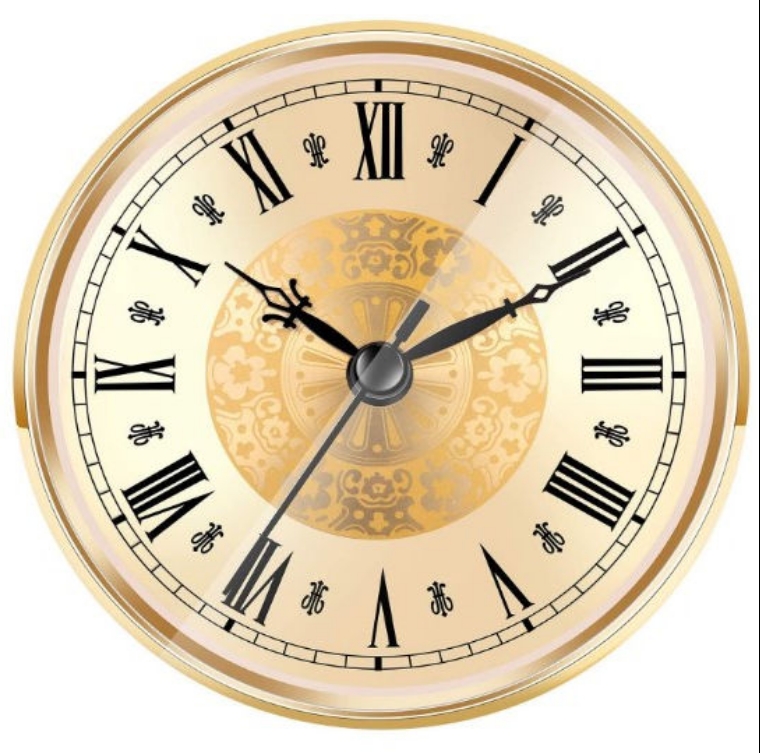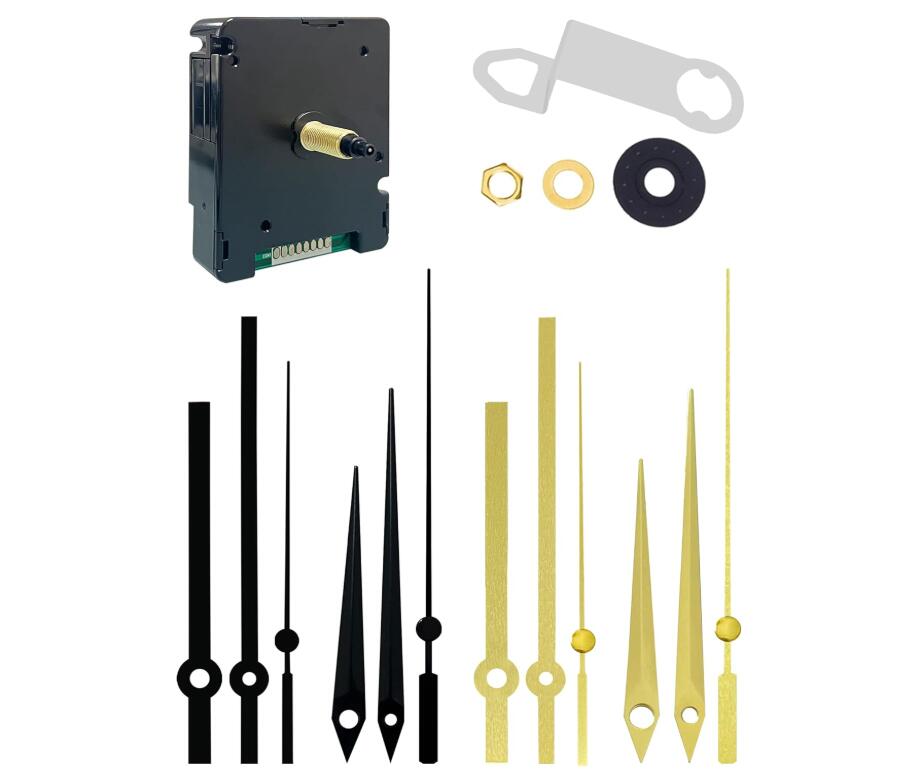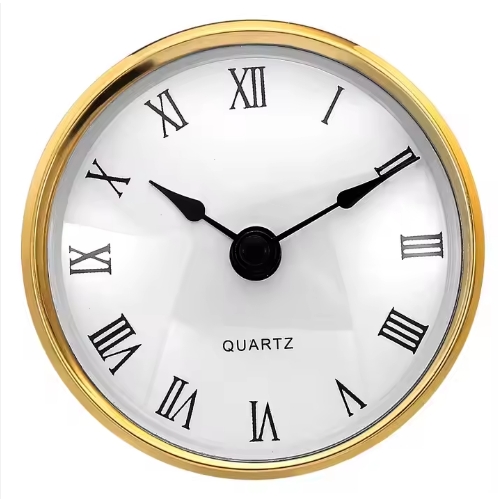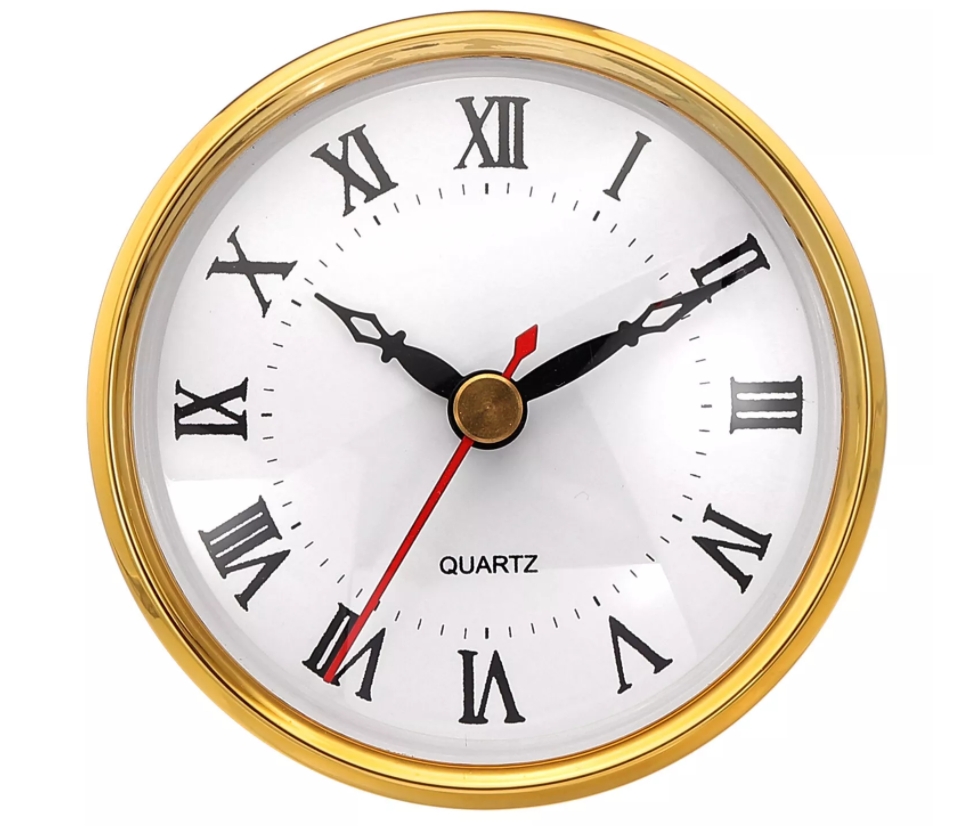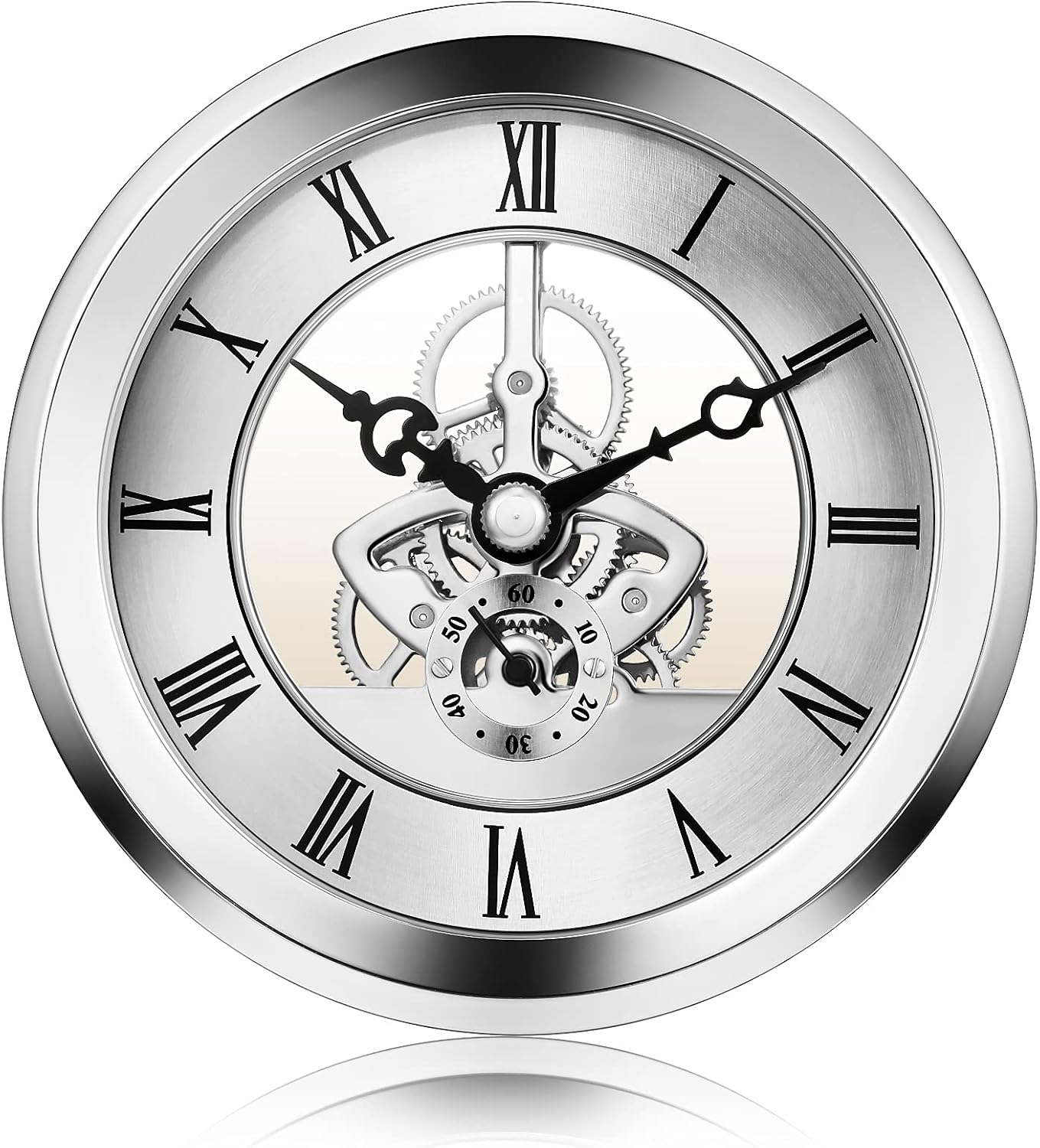



Cases were made of many kinds of woods. Although hardwoods such as maple, cherry, walnut, and mahogany were usually used, other lower-cost clocks were made of pine, which usually had a painted grain added to simulate the more desired and expensive hardwood. One might say that many cases were very elegant and beautiful while others were extremely crude. As the years passed, these cases became more and more ornate and sophisticated, especially during the Victorian age.
When tall clocks were popular, they were referred to as a “new clock”; the term referred to anything with a pendulum and a clock house, or case. In those days, most clock cases were made by local cabinetmakers while the works, either brass or wood, were made by a firm that specialized in clock works. The cabinetmaker engraved or painted his name on the dial, thereby taking claim for the completed clock.
After 1800, more and more people were buying grandfather clocks because they were made in quantity therefore more affordable. After 1840, wooden movements were abandoned, and the 30-hour brass movement became popular mainly because of its low price. Soon after, the spring-powered movement came into being and really paved the way for a variety of totally new and smaller clock cases.
- Sweep clock movement
- Clock hands
- High torque clock movement
- Skeleton clock movement
- Radio controlled clocks
- Pendulum clock movement
- 24 hours clock movement
- Tide clock movement
- DIY clock movement
- Round clock movement
- Quartz clock movement
- Clock inserts
- Watch inserts
- Clock parts
- Clock dials
- Wall clocks
- Plastic clock movements
- Toy clock movements
- Hook clock movement
- Alarm clock
- Clock movement
- Movements package
- Clock hands catalog



Sitemap Admin Powered by: hkwww.cn
Tel: 86-769-85532891 E-mail: talent@hengrongclock.com.cn http://www.clockmovements.cn
Keywords: clock movement, clock parts, clock hands, clock mechanism, clock accessories, cuckoo clock, alarm clock, insert clock







